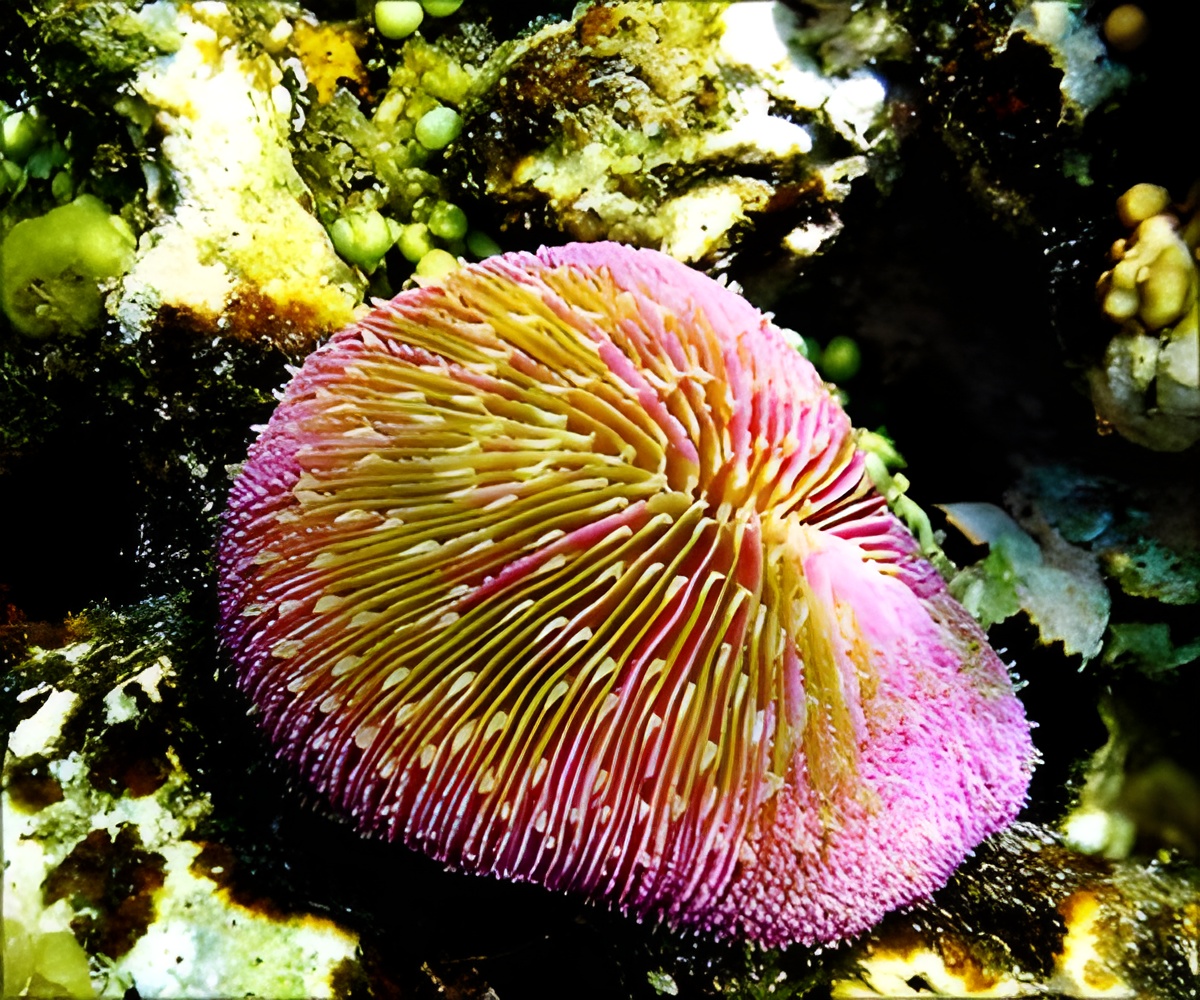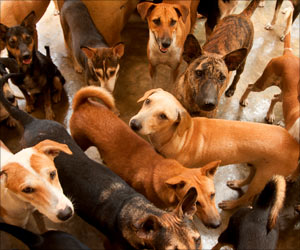Metal poisoning caused the malformation observed in ancient organisms and may have contributed to their extinction and that of many other species.

Although some of these short-lived, periodic events were responsible for eradication of up to 85 percent of marine species, the exact kill-mechanism responsible for these crises remains poorly understood.
An international team led by Thijs Vandenbroucke, researcher at the French CNRS, and Poul Emsbo from US Geological Survey initiated a study to investigate a little known association between 'teratological' or 'malformed' fossil plankton assemblages coincident with the initial stages of these extinction events.
They said that malformed fossil remains of marine plankton from the late Silurian contain highly elevated concentrations of heavy metals, such as iron, lead, and arsenic.
These are well-known toxins that cause morphologic abnormalities in modern aquatic organisms.
This led the authors to conclude that metal poisoning caused the malformation observed in these ancient organisms and may have contributed to their extinction and that of many other species.
Advertisement
Thus, metal toxicity, and its expressions in fossilized malformations, could provide the 'missing link' that relates organism extinctions to widespread ocean anoxia.
Advertisement
The recurring correlation between fossil malformations and Ordovician-Silurian extinction events raises the provocative prospect that toxic metal contamination may be a previously unrecognized contributing agent to many, if not all, extinction events in the ancient oceans.
The study was published in the journal Nature Communications.
Source-IANS










